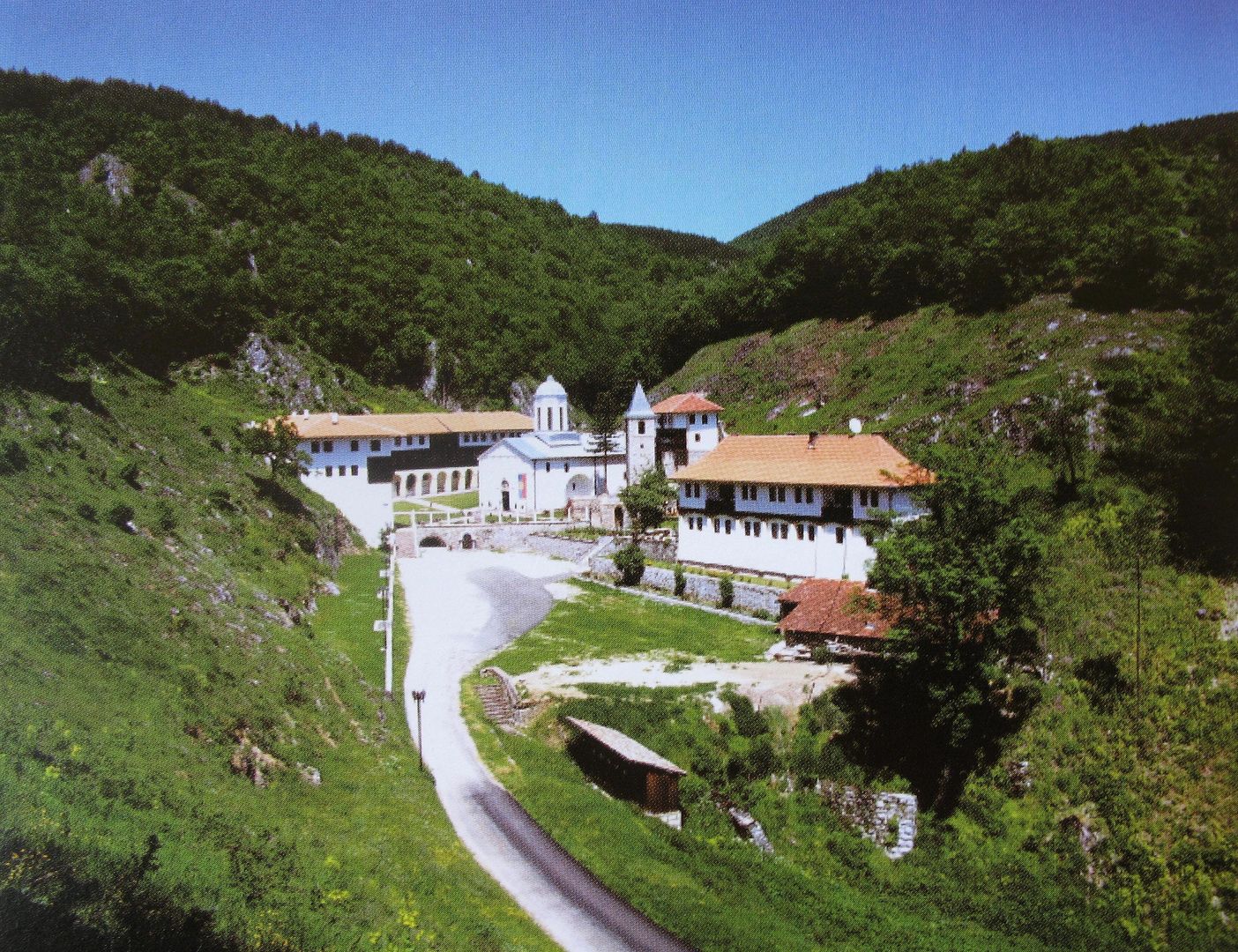Pljevlja
6.51

Overview
Pljevlja is a city in northern Montenegro, situated on the Ćehotina River at an altitude of 770 meters above sea level. It is the second largest city in Montenegro, with a population of 16,419 as of 2023. The history of Pljevlja dates back to prehistoric times, with the earliest traces of human presence dating as far back as 30,000 BCE. During the Roman era, the city of Municipium S was built here, and later Pljevlja became part of the Kingdom of Serbia. In 1465, the city was conquered by the Ottoman Empire, which significantly influenced its architectural development. Many important structures from this period remain, including the Husein-pasha Mosque (1569) and the Holy Trinity Monastery, which is the oldest educational center in the region, operating since the 16th century.
In the 19th century, the city underwent significant changes under Austro-Hungarian rule, contributing to industrial development and the establishment of new institutions such as the first modern pharmacy and hospital. During World War II, Pljevlja was the site of intense fighting, and its population endured numerous hardships. After the war, it became part of the Socialist Republic of Montenegro, and during the breakup of Yugoslavia, the city experienced ethnic tensions, particularly between the Muslim and Serbian communities. Interestingly, in 2008, some members of the city council threatened secession after Montenegro recognized Kosovo’s independence.
Modern-day Pljevlja is an important industrial center, home to a Thermal Power Plant that generates 45% of the country’s electricity, as well as rich forest resources and agriculture. The city features diverse religious sites, including four active mosques and Orthodox churches. Key tourist attractions include the Pljevlja Heritage Museum, the Husein-pasha Mosque, and numerous sites related to the region’s history and culture, making Pljevlja an intriguing destination for visitors.
Location
Country
2025 Wizytor | All Rights Reserved